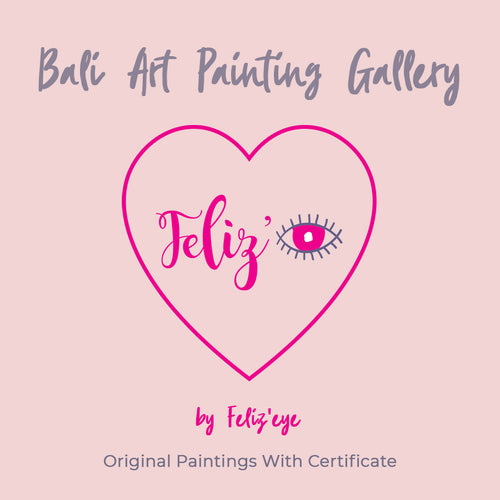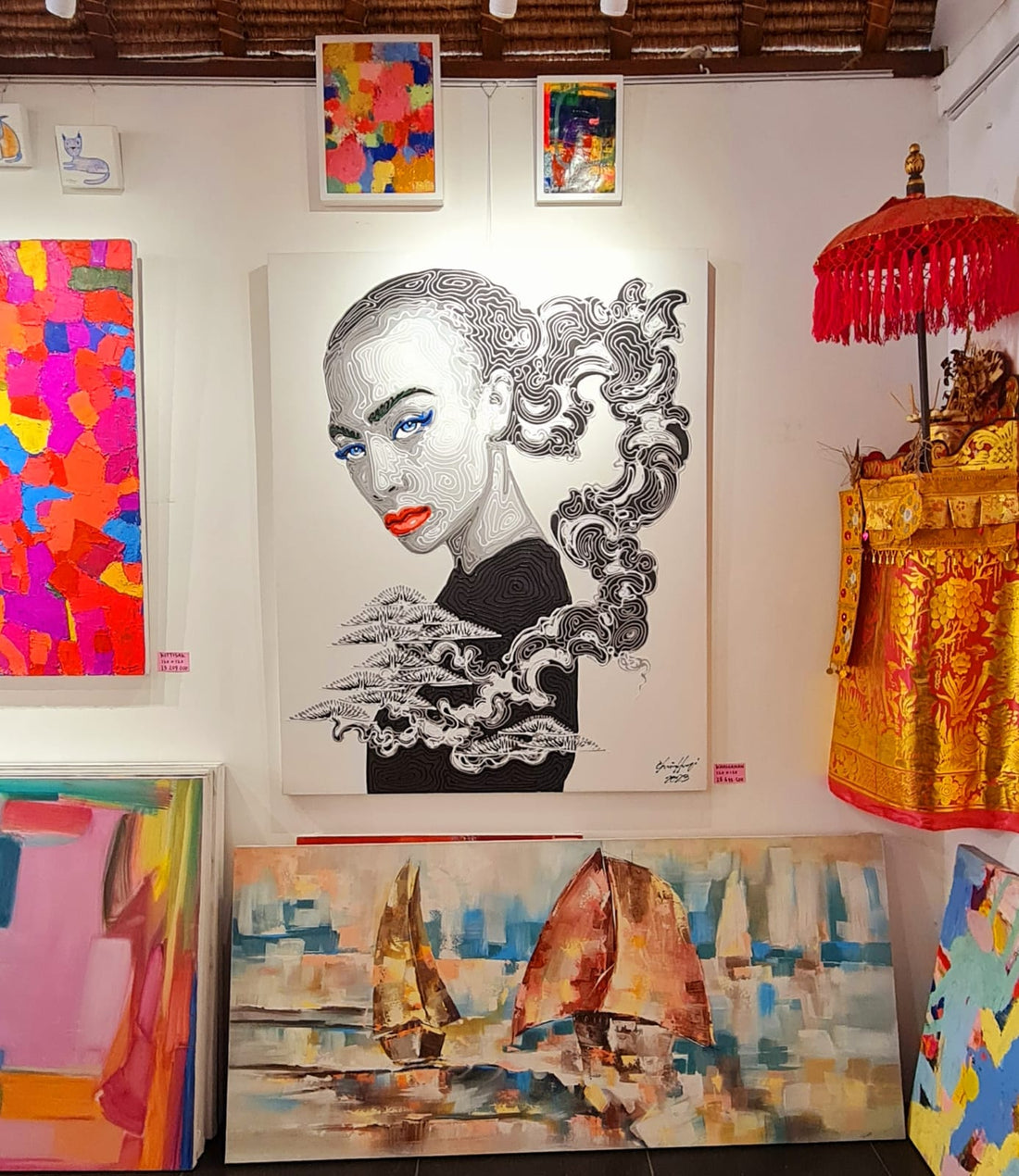Self-reflection in art is a powerful tool that allows artists to delve deep into their own thoughts, emotions, and experiences. It provides a means for artists to explore their inner selves and express their personal narratives through their creative work. Through self-reflection, artists can gain a deeper understanding of themselves and the world around them, leading to a more authentic and meaningful artistic expression. This process allows artists to tap into their subconscious and bring forth raw and honest emotions, creating art that resonates with both themselves and their audience on a profound level.
Self-reflection in art also serves as a form of therapy for artists, allowing them to process their own experiences and emotions through their creative practice. It provides a safe space for artists to confront their fears, insecurities, and inner conflicts, leading to personal growth and self-discovery. By engaging in self-reflection through art, artists can gain clarity and insight into their own lives, leading to a greater sense of purpose and fulfillment in their artistic endeavors. Ultimately, self-reflection in art empowers artists to create work that is not only visually captivating but also emotionally and intellectually stimulating.

Historical Perspectives on Self-Reflection in Art
Throughout history, self-reflection has been a recurring theme in art, with artists using their work as a means of introspection and self-exploration. From the self-portraits of Rembrandt and Van Gogh to the introspective paintings of Frida Kahlo, artists have long used their art as a mirror to reflect on their own inner worlds. These works not only provide insight into the artists' personal lives but also offer a glimpse into the human experience as a whole, allowing viewers to connect with the universal themes of love, loss, and identity.
In addition to visual art, self-reflection has also been a prevalent theme in literature, music, and performance art throughout history. Writers such as Virginia Woolf and Sylvia Plath have used their writing as a means of self-exploration, delving into their own thoughts and emotions to create deeply introspective works. Musicians like Bob Dylan and Joni Mitchell have also used their music as a form of self-reflection, drawing from their own experiences to create emotionally resonant songs. The use of self-reflection in art has been a constant thread throughout history, serving as a means for artists to connect with themselves and their audience on a profound level.

Artists Who Embrace Self-Reflection in Their Work
Many contemporary artists have embraced self-reflection as a central theme in their work, using their art as a means of exploring their own inner worlds. One such artist is Tracey Emin, whose confessional and autobiographical artwork delves into her personal experiences with love, loss, and trauma. Through her raw and emotionally charged pieces, Emin invites viewers to engage in their own self-reflection, prompting them to confront their own vulnerabilities and insecurities.
Another artist who embraces self-reflection in her work is Yayoi Kusama, whose immersive installations and polka-dotted paintings serve as a means of processing her own struggles with mental illness and trauma. Kusama's repetitive patterns and mesmerizing visuals invite viewers to engage in a meditative experience, encouraging them to reflect on their own inner thoughts and emotions. By using her art as a tool for self-reflection, Kusama creates work that not only captivates the senses but also prompts introspection and contemplation.
The Role of Self-Reflection in Different Art Forms
Self-reflection plays a crucial role in various art forms, from visual arts such as painting and sculpture to performing arts like dance and theater. In visual arts, self-reflection often takes the form of self-portraiture, allowing artists to capture their own likeness and convey their inner emotions through their work. This process serves as a means of introspection, allowing artists to confront their own image and delve into their own psyche.
In performing arts, self-reflection is often expressed through storytelling and character development. Actors and dancers use their craft as a means of embodying different personas and exploring the depths of human emotion, leading to a greater understanding of themselves and the world around them. Through the process of embodying different characters and narratives, performers engage in a form of self-reflection that allows them to connect with their own experiences and emotions on a profound level.
How Self-Reflection in Art Can Impact the Viewer
Art that is born from self-reflection has the power to deeply impact the viewer, evoking emotions and prompting introspection. When viewers engage with artwork that is rooted in the artist's personal experiences and emotions, they are invited to connect with the universal themes of human existence. This connection can lead to a greater sense of empathy and understanding, as viewers are prompted to reflect on their own experiences and emotions in relation to the artwork.
Furthermore, art that is born from self-reflection has the ability to inspire viewers to engage in their own introspective journey. By witnessing the vulnerability and honesty of the artist's work, viewers are encouraged to confront their own inner thoughts and emotions, leading to personal growth and self-discovery. Ultimately, art that is rooted in self-reflection serves as a catalyst for meaningful connections and profound moments of introspection for the viewer.

